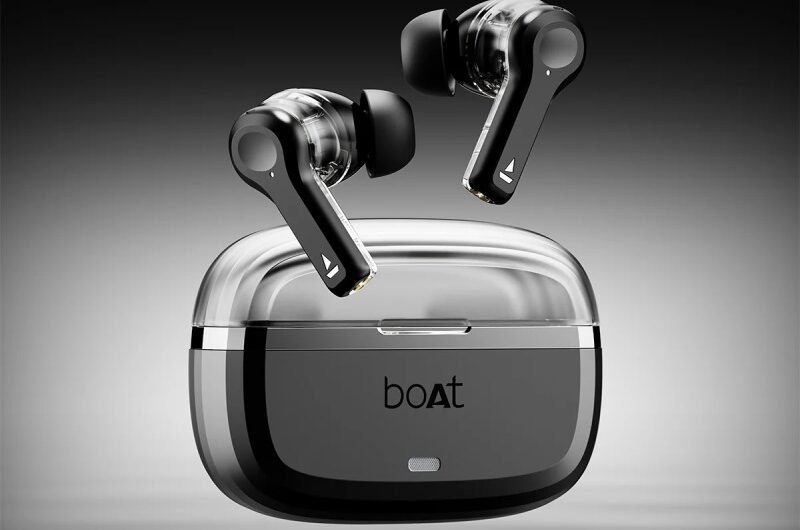Google created an enormous stir in the smartphone business with the release of the Pixel 8 series by announcing an unprecedented 7-year software update guarantee for its Pixel phones. Updates for Android phones were previously available for two to five years, but Google has lifted the bar to make sure Pixel owners never feel out of date.
However, what does this 7-year warranty actually mean for Pixel owners, and how is Google going to keep this promise in a time when smartphone technology advances swiftly? In a recent Made by Google Podcast episode, Seang Chau, Google’s VP of Devices & Services Software, went into further detail to clarify this.
Chau emphasized that the company is not the only one responsible for providing updates for seven years. Rather, Google has worked closely with its suppliers, carriers, and the Android team, among other partners. By working together, we can make sure that testing labs have all they need for continuous testing, which is essential to maintaining the long-term stability of software.
The Tensor chip’s constant use across Pixel generations is another important way that Google keeps up with technology and helps users keep their Pixels up to date. Chau says that when it comes to software upgrades, the System-on-Chip (SoC) creates the most complexity. By remaining on the Tensor platform, Google saves work when updating its software in the future.
Chau also emphasizes the significance of Google’s continuing beta initiatives, such as Quarterly Platform Releases (QPRs). These initiatives, which are supported by eager beta testers, offer valuable feedback and help with spotting possible problems prior to the release of updates to the general public. Additionally showing Google’s confidence in providing dependable, quarterly updates is its continuous testing cycle.
It’s interesting to note that Google didn’t choose to extend support for an additional year. Chau reveals that the business used user data to get insights, particularly by examining the amount of time users actively use Pixel devices-whether for personal use, selling, or gifting them to relatives.
“We saw that actually, there’s quite a good active user base until probably about the seven-year mark,” says Chau. The company was able to guarantee that the long-term support for Pixel matches with actual user behavior by using a data-driven strategy.
Google stresses that software-only enhancements will be the major focus, even if it is unclear exactly what features customers will receive in the later years of the seven-year cycle. Older Pixels can more easily implement these features because they won’t require additional hardware resources like more RAM, storage, or specialised co-processors.
In addition, the robust Gemini Nano on-device LLM (Large Language Model) was also unveiled with the Pixel 8 launch. Google is aware of how this technology impacts RAM allocation and how memory-intensive it is.
In order “to make sure that we weren’t going to deliver a much worse experience” for users with less RAM, extensive testing has been done. This also clarifies why the Pixel 8 Pro’s Gemini Nano isn’t memory resident by default. Google has also used lazy loading strategies to guarantee an effortless user experience.
Regarding the following actions, Chau states that Google is still concentrating on system health validators in order to get ready for the Feature Drop. Additionally, the Google Pixel is regarded as the smartphone with the longest lifespan due to its dedication to long-term support and user-centric design.











